Imagine navigating the bustling streets of Bangladesh, where transportation is a blend of traditional rickshaws, modern trains, and a rapidly expanding network of buses and rideshares. Have you ever wondered how a country with such a rich history and diverse geography manages its transportation systems? With the increasing demand for efficient, affordable, and safe travel options, Bangladesh’s transportation network is evolving faster than ever, balancing innovation with unique local traditions.
This journey through Bangladesh’s transportation landscape will explore how the country is addressing challenges, adapting to growth, and creating solutions for millions of travelers daily. Whether you’re planning a trip, interested in urban development, or simply curious about Bangladesh’s infrastructure, join us as we delve into the various ways people move across cities and regions.
Understanding the Transportation Landscape in Bangladesh
Bangladesh’s transportation system is as diverse as its culture, reflecting the country’s rapid urban growth and the unique needs of its people. From the lively streets of Dhaka to the serene rural areas, the modes of transportation are numerous and varied, but each plays a critical role in keeping people and goods moving efficiently. Curious about what it’s like to travel in Bangladesh? Here’s a closer look at the main types of transport and how they’re evolving to meet the demands of a growing population.
1. Public Buses: The Backbone of Urban Commutes
- Affordable and Accessible: Public buses are one of the most affordable ways to get around in urban centers like Dhaka and Chittagong, making them essential for daily commuters.
- Rapid Expansion: With urbanization on the rise, the government has increased the number of buses and implemented dedicated bus lanes to reduce traffic congestion.
- Challenges with Safety and Comfort: Overcrowding and delays remain significant issues, but ongoing efforts aim to modernize the fleet and improve scheduling for more reliable service.
2. Rickshaws and Autorickshaws: A Cultural and Practical Icon
- Popular and Sustainable: Rickshaws, both traditional pedal-powered and auto versions, are popular for short trips, especially in congested city areas where larger vehicles struggle to move efficiently.
- Affordable and Widely Available: These rides are easy to hail, cost-effective, and give travelers a more personal way to experience city streets.
- Environmental and Traffic Impacts: While auto-rickshaws provide more speed, they contribute to urban pollution. The government is exploring initiatives to introduce electric scooters as a greener alternative.
3. Trains: The Go-To for Long-Distance Travel
- Scenic and Comfortable: Bangladesh’s train network is extensive and offers one of the most scenic and relaxing ways to travel across the country, especially for those heading to rural or coastal areas.
- Affordable Long-Distance Option: Known for being budget-friendly, trains are a top choice for intercity travel, attracting both locals and tourists who want to explore beyond the cities.
- Challenges with Delays and Maintenance: While trains offer comfort, delays are common, and the rail infrastructure requires ongoing investment to keep pace with growing demand.
4. Emerging Rideshares and Private Car Options
- Convenient and Flexible: Ridesharing apps like Uber have gained popularity in urban areas, offering users a more comfortable and convenient option compared to traditional public transport.
- Expanding to Meet Demand: Ridesharing services are constantly expanding their reach, with more options available in major cities and plans to improve services in smaller towns.
- Challenges in Cost and Regulation: Although convenient, rideshares are often more expensive than public buses or rickshaws, and regulatory issues continue to be a hurdle for these companies.
With such a variety of transportation modes, Bangladesh is working hard to balance tradition with progress. Each mode has its own unique advantages and challenges, contributing to a complex but evolving system designed to meet the needs of millions.
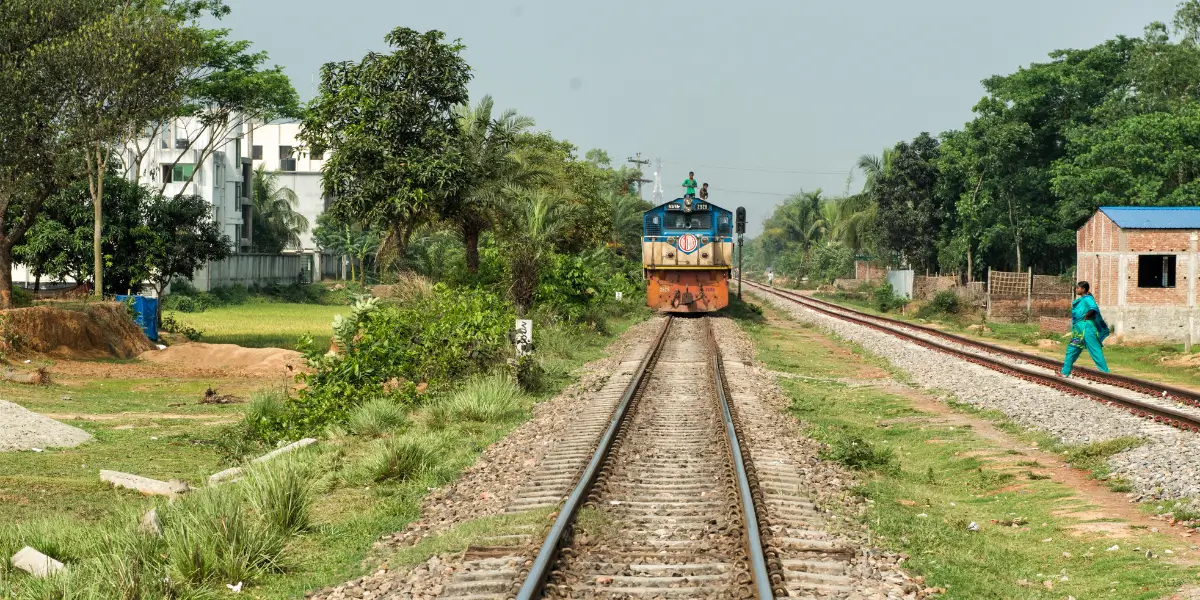
Key Transportation Challenges in Bangladesh
As Bangladesh’s cities grow and more people rely on its transportation systems, various challenges have emerged, impacting the daily lives of commuters and the nation’s economic progress. Are you curious about what stands in the way of efficient travel in Bangladesh? Let’s explore some of the main obstacles that the country faces on its journey toward a smoother transportation experience.
1. Traffic Congestion: A Growing Urban Dilemma
- Unpredictable Delays: In densely populated cities like Dhaka, traffic congestion has become a daily struggle, causing commuters to lose hours in traffic jams and businesses to face delays in transporting goods.
- Overburdened Infrastructure: Roads were not originally designed for today’s heavy vehicle loads, and with rapid urbanization, the infrastructure is simply unable to keep pace with demand.
- Environmental Impact: Heavy traffic congestion also contributes to high levels of pollution, impacting air quality and public health in major urban areas.
2. Limited Public Transit Options
- Lack of Diverse Options: Despite high demand, the variety of public transit is limited, and the few options available, such as buses and trains, are often overcrowded or delayed.
- Overreliance on Rickshaws and Auto-Rickshaws: Many rely on rickshaws for short-distance travel, which, while convenient, contribute to congestion on narrow streets, limiting the efficiency of other modes of transit.
- Inconsistent Service Quality: Public buses, for instance, often lack regular maintenance and comfort, deterring many commuters from choosing them as their primary mode of transportation.
3. Inadequate Infrastructure for Rapid Growth
- Lack of Investment in Roads and Railways: Investment in expanding and upgrading roadways, railways, and bridges has struggled to keep up with population growth, leading to bottlenecks and outdated infrastructure.
- Underdeveloped Rural Connectivity: While cities face congestion, rural areas suffer from poor road conditions, making travel between rural and urban regions slow and, at times, unsafe.
- Insufficient Transport Hubs: Major cities lack adequate transport hubs that could streamline connections between different types of transportation, such as bus, rail, and rideshare services, which could ease congestion.
4. Safety Concerns in Transportation
- High Accident Rates: Bangladesh has one of the highest rates of road accidents in Asia, with many incidents involving buses and trucks due to inadequate road safety measures and poor driver training.
- Pedestrian Safety: Pedestrians face significant risks in urban areas where sidewalks are limited or obstructed, and road crossing options are often unsafe.
- Need for Regulations: Enforcing stricter safety standards for vehicles and drivers is crucial to improving road safety and reducing accidents, especially in densely populated areas.
5. Environmental Challenges and Sustainability
- Air Pollution from Vehicles: Vehicle emissions are a major contributor to air pollution, especially in cities. Initiatives are underway to introduce cleaner, electric vehicles, but progress remains slow.
- Need for Sustainable Solutions: As the population grows, sustainable transportation options, such as electric buses and improved public transit, are becoming essential to reduce environmental impact and provide eco-friendly travel options.
- Waste and Resource Management: Managing the environmental impact of transportation requires investment in cleaner technologies and resources to minimize waste and energy use.
Addressing these challenges requires a multi-faceted approach that combines infrastructure upgrades, policy changes, and innovation. By understanding and tackling these transportation issues, Bangladesh can work toward a future where getting around is easier, safer, and more sustainable for everyone.
The Future of Transportation in Bangladesh: Trends and Innovations
Bangladesh is at a critical crossroads in its transportation journey. With a rapidly growing population and an increasing demand for more efficient and sustainable transportation options, the future looks both challenging and exciting. What does the future hold for the way people move across the country? Let’s explore some of the emerging trends and innovations that are set to reshape transportation in Bangladesh.
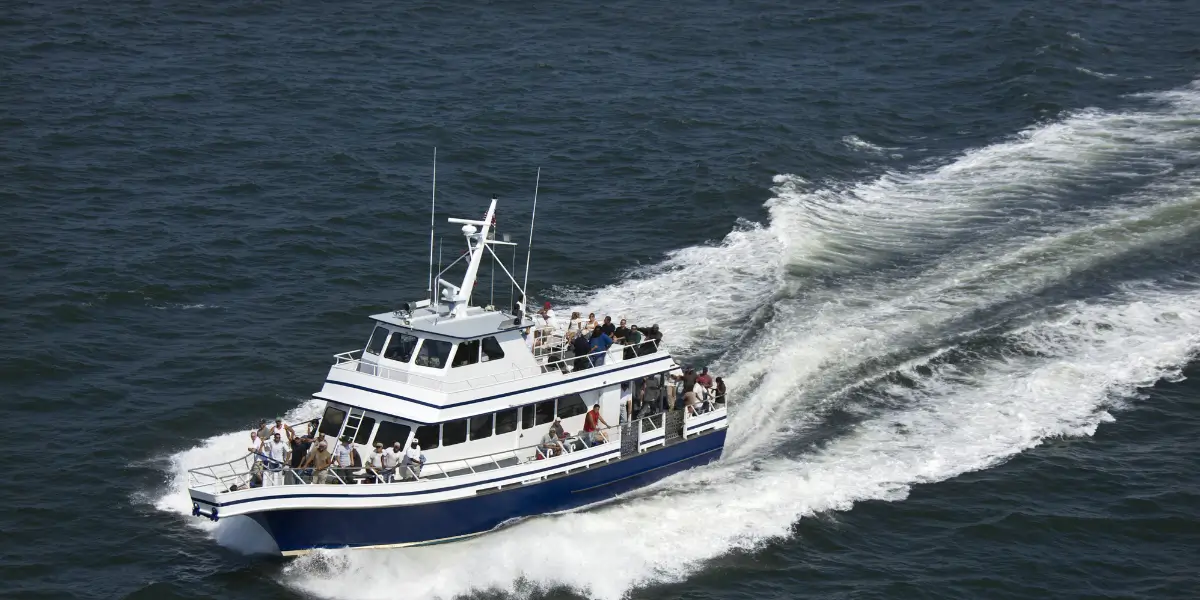
1. The Rise of Electric Vehicles (EVs)
- Eco-Friendly Alternatives: As the world turns its focus to sustainability, electric vehicles are becoming a major trend in Bangladesh. From electric rickshaws to buses, these vehicles are being seen as a cleaner, greener alternative to traditional fuel-powered options.
- Government Initiatives: The Bangladesh government is encouraging the shift toward electric vehicles through incentives and subsidies. This transition is seen as crucial in reducing air pollution and curbing the country’s growing carbon footprint.
- Challenges in Infrastructure: While the EV market is growing, the lack of widespread charging stations and the high upfront cost of electric vehicles remain significant hurdles. However, with the right investment and policy support, the infrastructure to support EVs will likely improve in the coming years.
2. Public Transit Expansion and Modernization
- Metro Rail Projects: One of the most exciting developments in Bangladesh’s transportation sector is the construction of metro rail systems in major cities like Dhaka. The Dhaka Metro, once completed, will significantly ease traffic congestion and offer a fast, reliable alternative to road travel.
- Smart Buses and Ticketing Systems: As technology advances, so too does public transit. The implementation of smart buses equipped with real-time tracking and cashless ticketing systems is making public transportation more user-friendly and efficient.
- Integrated Transit Systems: Future plans include the integration of various transportation options, allowing commuters to seamlessly transition between buses, trains, and rickshaws using a single payment system. This holistic approach promises to streamline travel and reduce overcrowding.
3. Improved Infrastructure and Connectivity
- Upgraded Roads and Highways: As part of the nation’s infrastructure push, new roads and highways are being constructed, improving intercity travel and boosting trade and commerce. The government is also focusing on the renovation of existing roads to ensure smoother travel.
- Better Rural Connectivity: To ensure that even the most remote areas are well-connected, Bangladesh is investing in improving rural roads and transportation links, helping bridge the gap between urban and rural regions.
- Smart Traffic Management: Technology is playing a key role in improving traffic flow in major cities. Smart traffic signals, sensors, and digital platforms are being implemented to reduce congestion and manage the flow of vehicles more efficiently.
4. Ride-Sharing and Digital Platforms
- The Growth of Ride-Sharing: With the increasing popularity of apps like Uber and Pathao, ride-sharing is becoming a popular option for city dwellers. These services are offering more convenience, safety, and comfort compared to traditional taxis or rickshaws.
- Expansion to Smaller Cities: Ride-sharing is expanding beyond the major cities of Dhaka and Chittagong, reaching smaller towns and rural areas. This expansion is helping connect people to transportation options that were previously limited.
- Challenges and Opportunities: While ride-sharing apps provide flexibility and comfort, they also face challenges like fluctuating prices and the need for regulation. Nevertheless, the growth of digital platforms is likely to continue as the demand for convenient travel solutions increases.
5. Sustainability and Green Transportation Initiatives
- Promoting Eco-Friendly Travel: Bangladesh is also focusing on promoting sustainable transport options such as cycling, walking, and shared mobility. Investments in pedestrian-friendly infrastructure and dedicated bike lanes in cities are helping reduce reliance on motorized transport.
- Innovations in Fuel Efficiency: New technologies are also being introduced to improve fuel efficiency in existing vehicles, reducing emissions and cutting costs for both businesses and commuters. Cleaner energy solutions, like biofuels and compressed natural gas (CNG), are also being explored.
- Public Awareness Campaigns: Alongside infrastructure and technological advancements, public awareness campaigns are helping educate people about the importance of sustainable transport. The government and NGOs are working together to foster a culture of eco-conscious travel.
Bangladesh’s future in transportation is shaping up to be an exciting mix of technological advancements, green initiatives, and smarter infrastructure. With ongoing investments in innovation, the country is poised to build a more sustainable, efficient, and accessible transport network for all its citizens. Whether it’s electric vehicles, modernized public transit, or smart technologies, the future of transportation in Bangladesh looks promising.
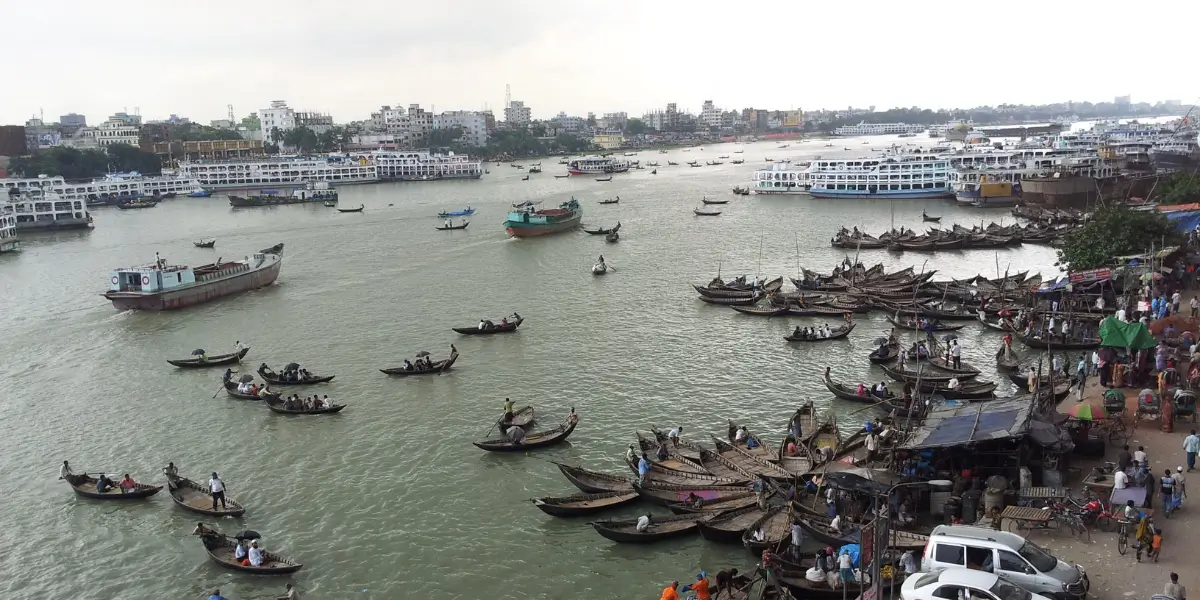
How Transportation Impacts Bangladesh’s Economy and Daily Life
Transportation is more than just about getting from one place to another. It’s the lifeblood of Bangladesh’s economy, connecting businesses to markets and allowing people to access jobs, education, and healthcare. Have you ever thought about how vital transportation is to the everyday functioning of the country? Let’s take a closer look at how transportation affects not only the economy but also the quality of life for millions of people in Bangladesh.
1. Boosting Economic Growth and Trade
- Connecting Urban and Rural Economies: A well-connected transportation system is essential for moving goods and services between urban and rural areas. Whether it’s farmers delivering their crops to markets or factories distributing products, efficient transportation supports trade and drives economic development.
- Supporting Key Sectors: Industries such as agriculture, manufacturing, and tourism rely heavily on transportation to function. Reliable transport systems enable businesses to maintain supply chains, transport raw materials, and deliver finished goods on time, contributing to overall economic growth.
- Improving Market Access: With improved roads and transport networks, products can reach new markets, both locally and internationally. This expanded access opens up opportunities for businesses to grow and compete in the global marketplace.
2. Impact on Daily Commuting and Quality of Life
- Easier Access to Jobs and Services: In cities like Dhaka, many individuals rely on buses, rickshaws, or ridesharing to commute to work or access essential services. Efficient transportation options reduce commuting times, allowing people to spend more time with their families or engage in productive activities.
- Reducing Stress and Increasing Productivity: Traffic congestion in major cities has long been a source of stress for commuters. By improving public transportation options and road infrastructure, people can reduce travel time, lowering stress levels and increasing overall productivity in both personal and professional life.
- Boosting Social Mobility: Transportation systems also play a key role in social mobility by providing people with access to opportunities that might otherwise be out of reach. Students can travel to schools and universities, workers can access job opportunities across the city, and people can reach healthcare facilities in times of need.
3. The Role of Transportation in Urban Development
- City Planning and Sustainable Growth: As urban populations rise, efficient transportation systems are becoming more crucial in preventing urban sprawl and ensuring sustainable growth. Cities like Dhaka are expanding rapidly, and without effective transportation, these areas would become overcrowded and difficult to manage.
- Encouraging Investment: When transportation infrastructure is well developed, it becomes a key selling point for businesses considering investments in the country. Improved roadways, railways, and public transit systems attract both local and foreign investments, leading to economic growth and job creation.
- Smart City Development: In line with global trends, Bangladesh is also looking into “smart city” solutions that integrate transportation with digital technologies. Smart transit systems can improve the management of urban spaces, reduce congestion, and make commuters more efficient, contributing to the overall development of cities.
4. Reducing Environmental Impact and Promoting Sustainability
- Lowering Carbon Emissions: As Bangladesh focuses on modernizing its transportation system, the introduction of cleaner, greener alternatives such as electric buses and trains will help reduce the country’s overall carbon emissions. Sustainable public transit systems are key in moving towards a low-carbon economy.
- Minimizing Traffic Pollution: As part of the push for cleaner transportation, urban areas are also introducing initiatives to reduce pollution, such as limiting the number of cars on the road, implementing low-emission zones, and encouraging the use of electric vehicles. These actions not only improve air quality but also promote healthier living conditions for residents.
- Eco-Conscious Transportation Choices: With growing environmental awareness, more people in Bangladesh are opting for eco-friendly modes of transport, such as cycling and electric rickshaws. Government initiatives to promote such choices, along with better infrastructure for non-motorized travel, are essential in reducing the country’s transportation-related environmental impact.
5. Transportation and Social Connectivity
- Bringing People Together: Beyond just business and work, transportation plays a significant role in connecting people with their families, communities, and cultures. Whether it’s traveling for family events, festivals, or social gatherings, transportation enables social mobility and helps preserve cultural ties.
- Bridging Divides: In a country like Bangladesh, where there are both urban and rural communities, transportation provides the bridge that connects people across regions. Improved transportation networks foster greater understanding and collaboration between diverse populations, enriching the social fabric of the country.
In summary, transportation in Bangladesh is not just about moving people from point A to point B. It’s about driving the economy, improving the quality of life, supporting urban development, and promoting sustainability. As the country continues to innovate and invest in its transportation systems, the positive impacts will ripple out, benefiting individuals, businesses, and the nation as a whole.
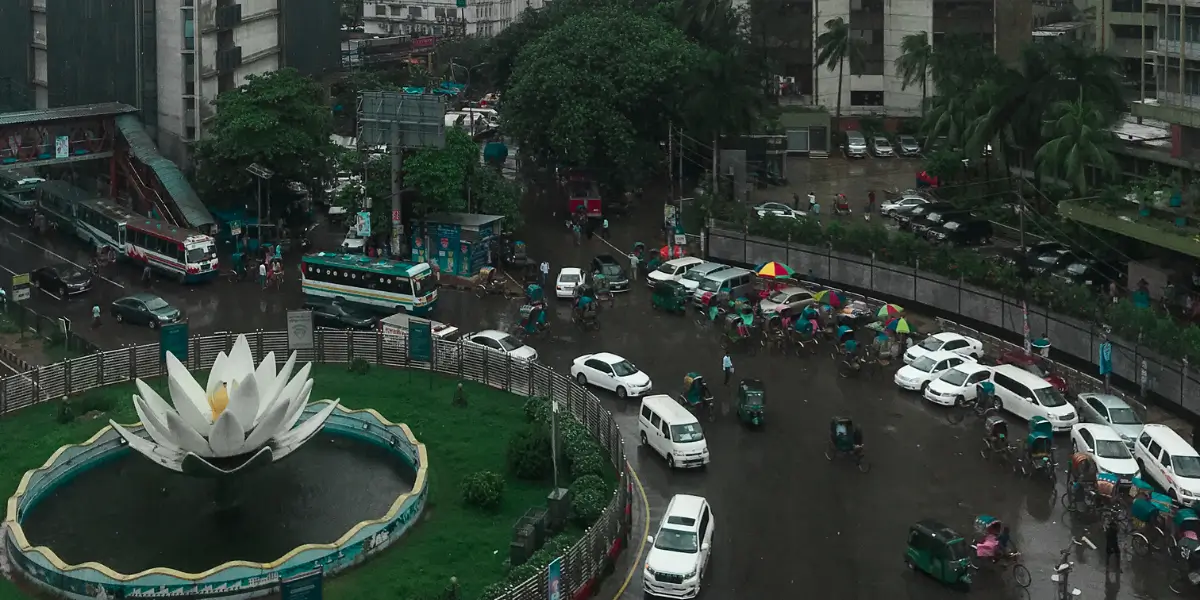
Navigating the Future: Key Strategies for Improving Transportation in Bangladesh
As we’ve seen, Bangladesh’s transportation system is facing numerous challenges but also embracing innovative solutions. So, what steps can be taken to further enhance the country’s transportation landscape? Whether you’re a policymaker, a business owner, or a daily commuter, it’s important to understand the strategies that can drive change. Let’s dive into some of the key solutions that could shape the future of transportation in Bangladesh.
1. Investing in Infrastructure: Building a Stronger Foundation
- Modernizing Roads and Highways: One of the first steps to improving transportation is upgrading existing roads and highways. Expanding and resurfacing major routes, especially those that connect urban and rural areas, will reduce travel time and minimize road accidents.
- Developing Multi-Modal Transport Hubs: Creating integrated transport hubs where buses, trains, and ride-sharing services can connect seamlessly will make travel more efficient and convenient. These hubs could also incorporate facilities like parking, waiting areas, and access to digital platforms, improving the overall commuter experience.
- Expanding Rail Networks: Investing in expanding and modernizing rail infrastructure, especially in rural areas, will promote smoother intercity travel and reduce road congestion. More trains, higher capacity, and improved services will allow for faster, more reliable connections across the country.
2. Embracing Technology for Smarter Transportation
- Smart Traffic Management Systems: Introducing digital traffic management systems that monitor traffic flow in real time could drastically reduce congestion in major cities. These systems can adjust traffic lights, provide updates to commuters, and streamline urban mobility.
- Real-Time Tracking for Public Transport: By implementing GPS and real-time tracking in buses, trains, and ride-sharing vehicles, passengers can receive accurate updates on arrival times and delays, helping them plan their trips more efficiently. This level of transparency increases trust in public transportation.
- Integrated Digital Platforms: A unified digital platform that combines ticketing, scheduling, and payment for all modes of transportation (buses, trains, rickshaws, and rideshares) would simplify the travel experience. It would allow commuters to plan their journeys, track arrivals, and make payments all through one app, reducing friction and improving accessibility.
3. Promoting Sustainability in Transportation
- Encouraging Electric Vehicles (EVs): The shift to electric vehicles is crucial in reducing pollution and carbon emissions. To support this transition, the government can provide incentives for EV purchases and invest in the infrastructure needed, like charging stations across cities and highways.
- Improving Public Transit Options: By expanding and modernizing public transit systems, such as buses and trains, the reliance on private vehicles can decrease, reducing congestion and environmental impact. Clean energy buses, for example, could provide an eco-friendly alternative to diesel-powered fleets.
- Developing Cycling and Pedestrian Infrastructure: Another step toward sustainability is promoting cycling and walking as viable transportation options. By building dedicated bike lanes and pedestrian-friendly streets, cities can encourage greener travel and improve overall public health.
4. Fostering Public-Private Partnerships
- Collaborating with Private Companies: Public-private partnerships (PPPs) could be a game-changer for improving Bangladesh’s transportation system. By collaborating with private companies to manage, fund, and operate transport services, the government can leverage expertise and efficiency while still ensuring public accessibility and affordability.
- Innovative Funding for Projects: Funding large-scale transportation projects often requires a mix of public and private investment. Developing strategies for attracting foreign investment and engaging local businesses in funding transportation infrastructure will help accelerate development.
- Expanding Ride-Sharing Services: As the demand for ride-sharing services continues to rise, partnerships with tech companies could improve ride availability, safety, and pricing. These services can complement traditional public transportation and help reduce congestion in urban centers.
5. Focusing on Safety and Regulation
- Strengthening Traffic Laws: Strengthening and enforcing traffic laws is essential for improving safety on the roads. From ensuring seat belt use to stricter regulations for commercial vehicles, safety needs to be a top priority. Public awareness campaigns can also help educate drivers about responsible behavior behind the wheel.
- Improving Road Safety Features: Installing better road signs, street lighting, and pedestrian crossings can make streets safer for everyone. Additionally, upgrading vehicles to meet safety standards, such as newer models with built-in safety features, will also help reduce accidents.
- Training and Certification for Drivers: Ensuring that public transport drivers and commercial vehicle operators are well-trained in safety protocols and customer service is crucial for both commuter safety and satisfaction.
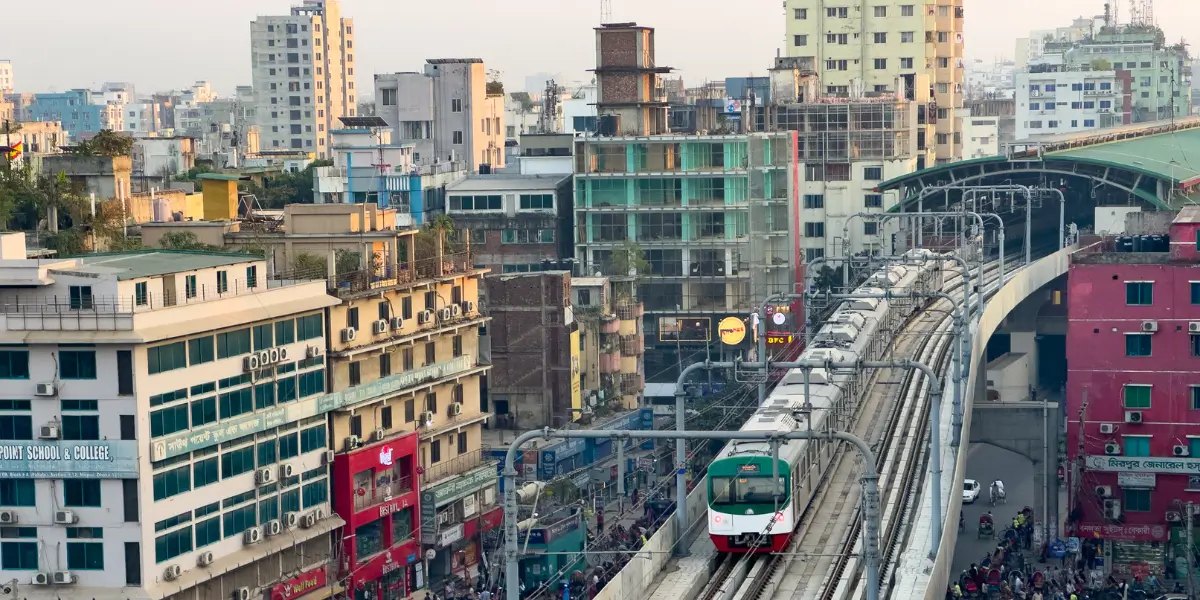
The Challenges Facing Transportation in Bangladesh: What Needs to Change?
While the future of transportation in Bangladesh looks promising, there are significant challenges that must be overcome for these changes to become a reality. From traffic congestion to limited infrastructure, these obstacles need to be addressed for the country’s transportation system to truly evolve. So, what are the main hurdles, and how can they be overcome? Let’s explore.
1. Overcoming Traffic Congestion in Urban Centers
- A Growing Population and More Vehicles: Bangladesh’s urban centers, especially Dhaka, face overwhelming traffic congestion. The rapid population growth combined with an increasing number of vehicles on the road means gridlock has become a daily reality for millions. Have you ever spent hours in traffic just to travel a few kilometers? It’s not just frustrating—it’s a drain on the economy too.
- Solutions to Congestion: The key to solving this problem lies in expanding public transportation and encouraging alternatives to private vehicles. Developing metro systems, expanding bus networks, and providing incentives for shared rides can reduce the number of private vehicles on the road. Additionally, smart traffic management systems that adjust signals in real-time could ease congestion during peak hours.
- The Role of Carpooling and Ride-Sharing By promoting carpooling and expanding ride-sharing platforms, we can reduce the number of vehicles on the road while still providing convenient travel options for commuters. This could significantly reduce congestion, especially in densely populated urban areas.
2. Limited Public Transportation Options
- Underdeveloped Networks: Despite recent progress, public transportation options in Bangladesh are still underdeveloped in many areas. In cities like Dhaka, buses can be overcrowded, unreliable, and slow due to traffic congestion. Rural areas are even more underserved, with limited access to public transit options.
- The Need for a Comprehensive Public Transport System: Bangladesh needs to invest heavily in modernizing and expanding its public transport systems. Introducing more buses, trains, and metro lines, as well as integrating these systems into one easy-to-use platform, will provide citizens with better options for getting around.
- Filling the Gaps: By improving transportation connections between cities, towns, and rural areas, people will have better access to employment, healthcare, and education. Expanding bus routes, adding more trains, and improving local transport infrastructure are essential to bridging the transportation gap.
3. Inadequate Infrastructure and Poor Road Conditions
- Old and Overcrowded Roads: Many roads in Bangladesh are outdated, congested, and poorly maintained. This not only slows down travel time but also contributes to accidents and vehicle breakdowns. Roads that were once designed to accommodate a much smaller population now struggle to keep up with the growing demand.
- Solutions to Infrastructure Challenges: To tackle this issue, there is an urgent need to upgrade and expand road networks across the country. Improving the quality of roads, building flyovers, and constructing new expressways will reduce traffic bottlenecks and improve safety. Additionally, better urban planning will ensure roads are designed to handle increased traffic in growing urban areas.
- Integrating New Technology: Leveraging technology to monitor road conditions and traffic patterns can help ensure that maintenance is done proactively. Smart sensors could provide real-time data on road conditions, identifying problem areas before they become hazardous.
4. Environmental Impact and Pollution
- Rising Pollution Levels: One of the most pressing challenges for Bangladesh is its rising air pollution, largely driven by transportation emissions. With an increasing number of cars, trucks, and buses running on fossil fuels, the country faces significant environmental consequences. Poor air quality not only affects health but also contributes to climate change.
- Shifting to Sustainable Options: Embracing sustainable transportation solutions, such as electric vehicles (EVs), can help mitigate the environmental impact. The government can also incentivize the adoption of EVs by offering tax rebates and building more charging infrastructure.
- Promoting Green Transit: In addition to electric vehicles, encouraging the use of public transit, cycling, and walking can help reduce reliance on personal cars, which are a major source of pollution. The promotion of green transit options can be supported by investing in cleaner, more efficient buses and trains.
5. Lack of Safety and Road Discipline
- Accident Rates and Road Safety: Poor road discipline and unsafe driving practices are among the major causes of accidents in Bangladesh. Whether it’s speeding, lack of seatbelt usage, or disregard for traffic signals, road safety is a significant issue that needs immediate attention.
- Improving Road Safety Standards: Strengthening traffic laws, improving road design, and educating drivers on safe practices are crucial steps in reducing accidents. Installing more traffic cameras, implementing stricter penalties for violations, and creating awareness campaigns can help improve road safety.
- Training Drivers and Enhancing Enforcement: ensuring that both private and public transport drivers are properly trained and follow safety standards is essential. Regular checks on commercial vehicles and implementing stricter licensing processes will improve overall road safety in the country.
Conclusion: The Road Ahead for Transportation in Bangladesh
As we’ve explored, transportation in Bangladesh is a vital part of the country’s development, directly influencing economic growth, daily life, and the environment. But where do we go from here? With rapid urbanization and an evolving economy, the future of transportation in Bangladesh is full of promise and potential. However, it’s clear that addressing the current challenges requires collaboration, innovation, and smart planning.
Think about it—what would it mean for you if you could get to work or school in half the time, without the stress of traffic jams or unreliable public transport? Or if there was a seamless, eco-friendly way to travel between cities, reducing your carbon footprint and making your commute easier? This future is possible, but only if the right investments and strategies are put in place.
By prioritizing infrastructure development, embracing technology, and focusing on sustainability, Bangladesh can not only improve transportation but also create a more livable, efficient, and connected society. It’s essential that the government, private companies, and citizens work together to solve these challenges. Every step forward in building a smarter, safer, and greener transportation system will directly impact the lives of millions of people across the country.
As we continue to look toward a brighter future, let’s remember that the changes we make today will set the foundation for tomorrow’s transportation success. By embracing innovation, addressing challenges head-on, and thinking long-term, we can all contribute to building a transportation system that meets the needs of every citizen in Bangladesh. The journey may be long, but the destination is well worth it.


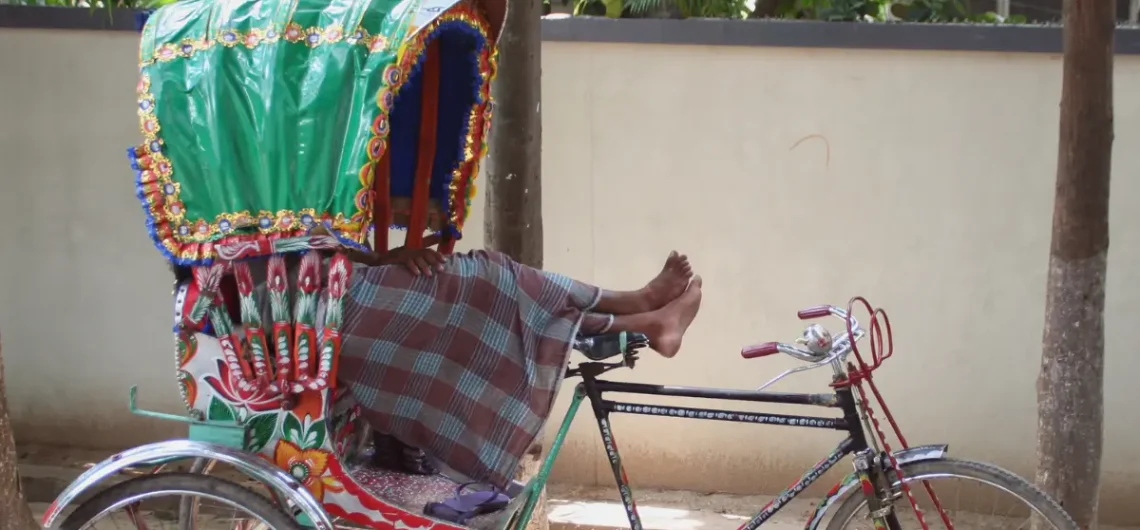
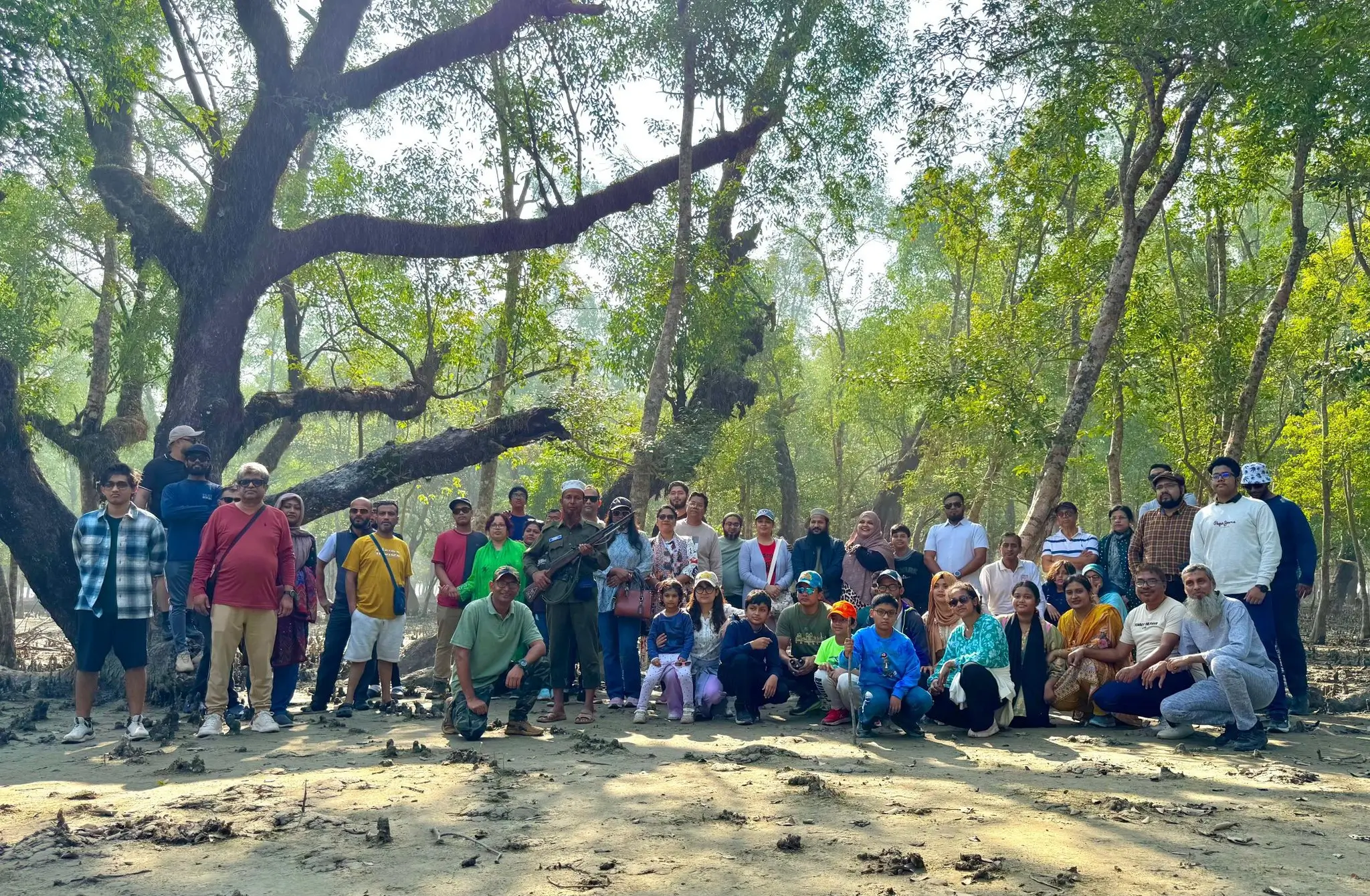


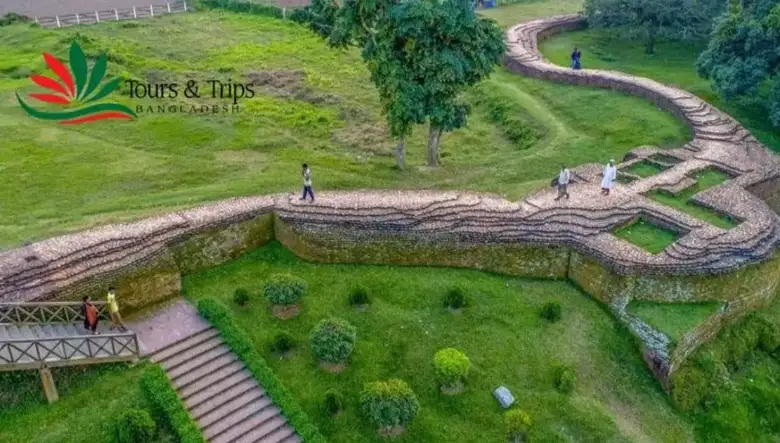




Comments